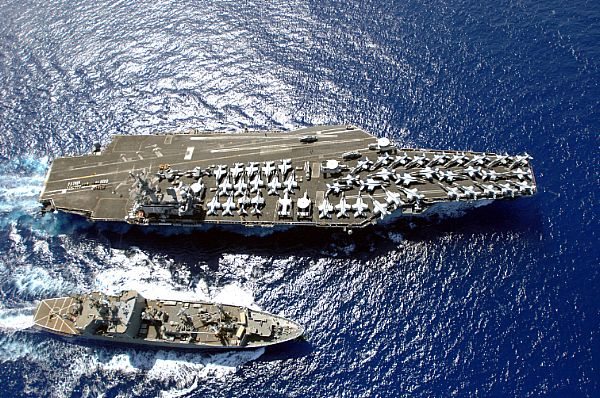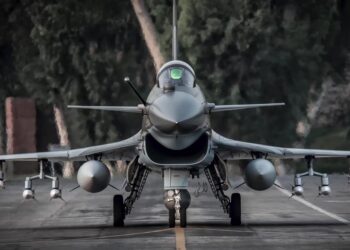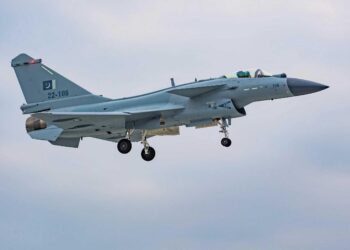Since the collapse of the Soviet Union, the U.S. military has been able to project power overseas with few serious challenges to its freedom of action. This “golden era” for U.S. power projection may be rapidly drawing to a close. As described in previous analyses by the Center for Strategic and Budgetary Assessments (CSBA), the People’s Republic of China (PRC) is developing an anti-access/ area-denial (A2/AD) battle network that could constrain the U.S. military’s ability to maneuver in the air, sea, undersea, space, and cyberspace operating domains. Over the coming years, the spread of advanced military technologies will allow other states to pursue A2/AD strategies tailored to the unique geographic and geostrategic characteristics of their regions.
Iran, in particular, has been investing in new capabilities that could be used to deter, delay, or prevent effective U.S. military operations in the Persian Gulf. Iran’s acquisition of weapons which it could use to deny access to the Gulf, control the flow of oil and gas from the region, and conduct acts of aggression or coercion, are of grave concern to the United States and its security partners.
As the United States redeploys its forces from Iraq and Afghanistan, it has the opportunity to develop a new operational concept for projecting power that could offset Iran’s growing military might. This will require the Department of Defense to change assumptions it developed some thirty years ago, when the threat of aggression by the Soviet Union drove the U.S. military’s planning for Persian Gulf contingencies.
This planning framework presumed that the United States would enjoy unfettered access to close-in bases, U.S. battle networks would remain intact and secure, and neither the Soviet Union nor a regional power would pose a serious threat to air or sea lines of communication. Over time, these assumptions led to defense budget decisions that favored short-range aircraft, non-stealthy systems, and other capabilities best suited for operations in permissive environments.
In light of Iran’s pursuit of A2/AD capabilities, it seems unlikely that the U.S. military’s legacy planning assumptions will remain valid. Iran has had ample opportunity over the last twenty years to examine the “American way of war” and to deduce that allowing the United States and its allies to mass overwhelming combat power on its borders is a prescription for defeat. Therefore, Iran is pursuing measures to deny the U.S. military access to close-in basing and make traditional U.S. power-projection operations in the Persian Gulf possible only at a prohibitive cost.
[Download not found]










